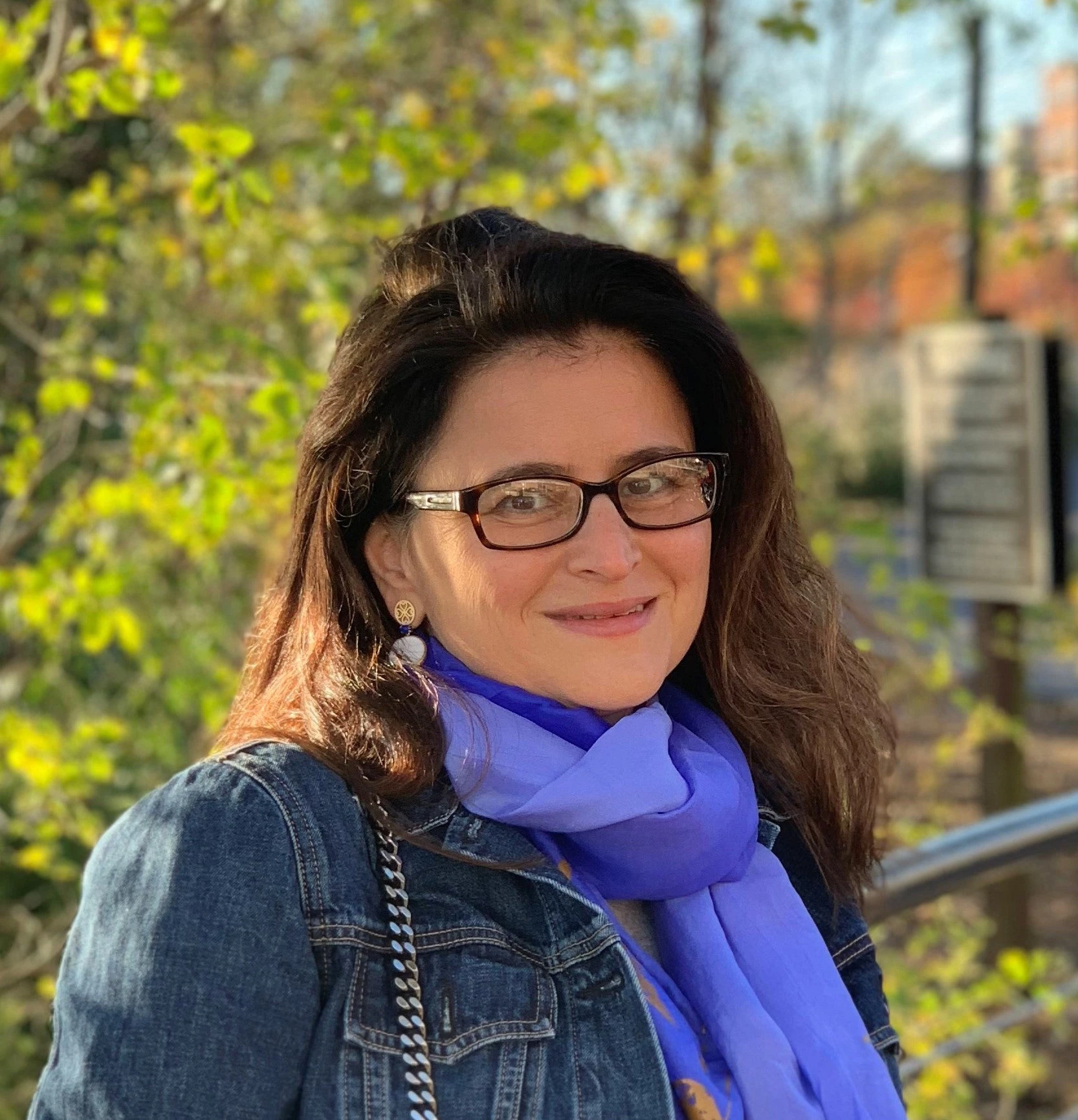 Le Burkina Faso à la reconquête de ses paysages et de ses moyens de subsistance Maria Sarraf. Banque mondiale
Le Burkina Faso à la reconquête de ses paysages et de ses moyens de subsistance Maria Sarraf. Banque mondiale
I just came back from Burkina Faso, an arid, landlocked, Sahelian country where communities are doing amazing work to preserve their natural resources. Men and women are reclaiming their land and livelihoods by adopting various conservation techniques.
Traveling through Sapouy, a commune made up of 49 villages in the Central West region, I met farmers who know more than anyone the combined impact of a warmer climate and irregular rainfall. Over the years, pressure on land has increased with the expansion of productive land, overharvesting and overgrazing. In the absence of sound governance, competition over land has defined relations between land owners, migrants, farmers and pastoralists.
Land degradation affects most Sahelian countries. As stated in the World Bank report, Confronting Droughts in Africa Drylands, drylands already make up 43% of the continent’s land surface and are home to half of Africa’s population. By 2030, climate change could result in Africa’s drylands expanding by 20%, with larger increases in Sahelian countries.
In Burkina Faso, more than nine million hectares of productive land are already degraded and will expand by 0.4 million hectares each year (FAO). With one of the highest population growths in Africa, the country will face more pressure on resources and more people will be at risk.
But this is not inevitable. I met Karidjatou Nama, a charismatic woman from Sapouy in southern Burkina Faso, whose life was transformed by a biodigester, a system using a mix of cow manure and water to generate fuel and energy. The biodigester program is supported by the Ministry of Animal Resources. Now, Nama does not have to walk hours to cut wood, cooking time is cut from four hours to just one and she has lighting, which means that her children can study later at night. And she added with a big smile: “With the biodigester, my pots are now always clean, I don’t have to scrub them as much.”
The biodigester also produces enough compost to replace the chemical fertilizer she used to buy. For Project Coordinator Sibiri Kabore, the most motivating factor is that one biodigester could save 0.33 hectare of forest each year because of reduced wood collection. For Nama, another important change the biodigester brought was that it encouraged her husband to handle the cooking and allows her to have more time for herself.
These activities are part of a larger integrated landscape management vision for the country. The World Bank-financed Decentralized Forest and Woodland Management Project, part of a $45 million Forest Investment Program, supports this vision by promoting participative governance of natural resources.
How did we get there? The Project Coordinator explains that communities work together to map competing land uses, design co-management systems, and decide how to restore the land for increased productivity, income, food and energy security. “It takes time, but the result is worth it,” he added.
In Sapouy, the community has created grazing areas, drinking holes and vaccination parks for cattle to reduce overgrazing while increasing animal production. They have switched to improved stoves and biodigesters to reduce wood collection by up to 45% and cut down smoke inhalation and indoor air pollution. They have delineated 77 spaces dedicated to conservation and planned to restore 23,000 hectares of land.
What I saw in Sapouy is only one aspect of Burkina Faso’s commitment to reduce land degradation. A larger response is happening under the REDD+ initiative, with the country banking on the development of its green economy under the strong push of the Ministry of Environment, Green Economy and Climate Change . Initiatives such as decarbonized shea butter production and sale of non-timber forest products have transformed women’s livelihoods by giving them additional revenue.
These communities’ commitment reminds us that transformation is possible. We must however scale up our efforts to restore the landscapes and transform the livelihoods of millions of households depending on the steadily depleting land and water resources.


Join the Conversation